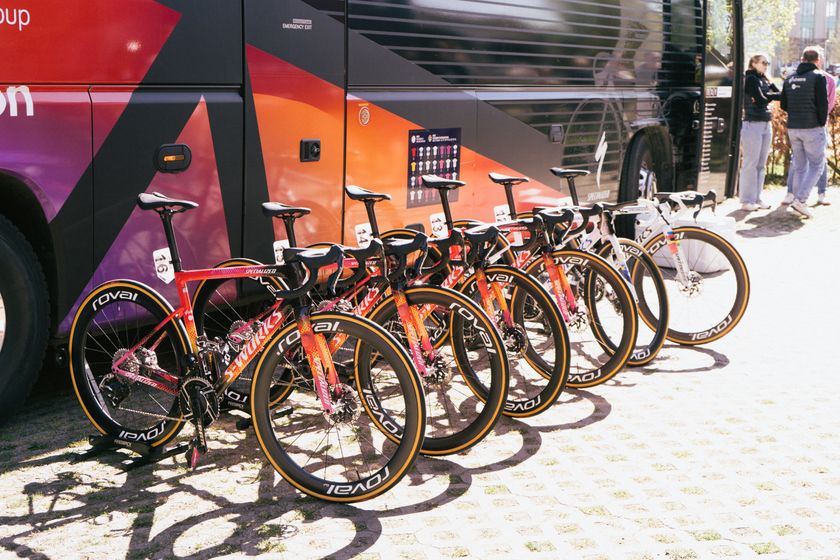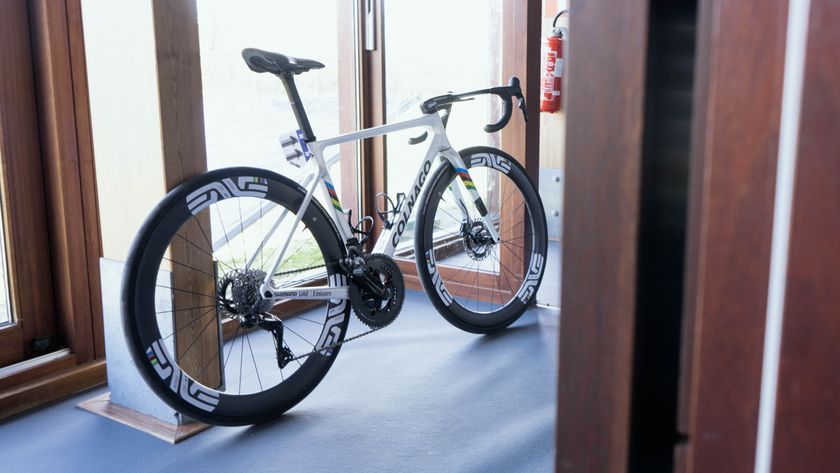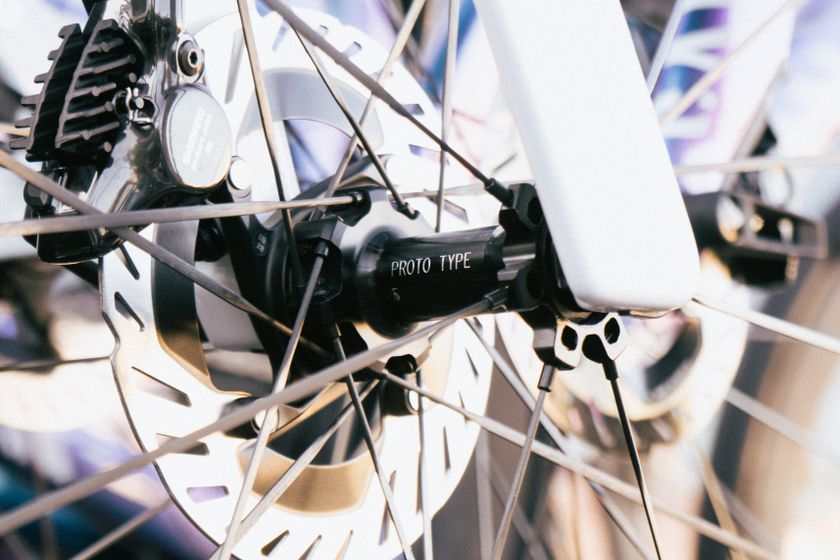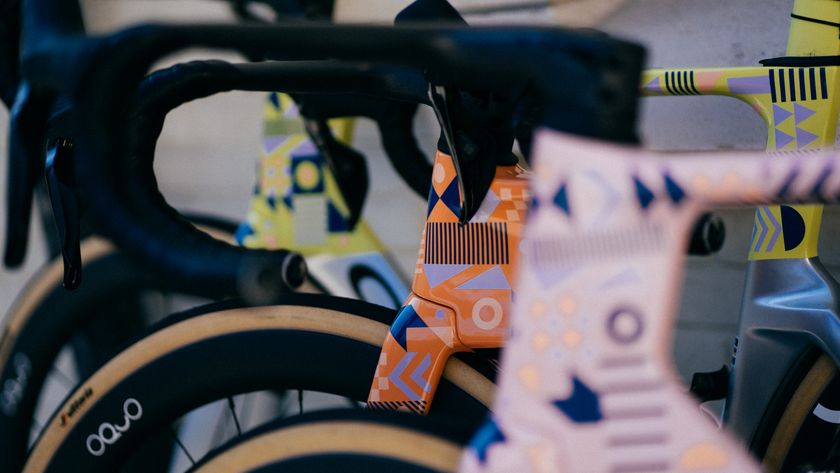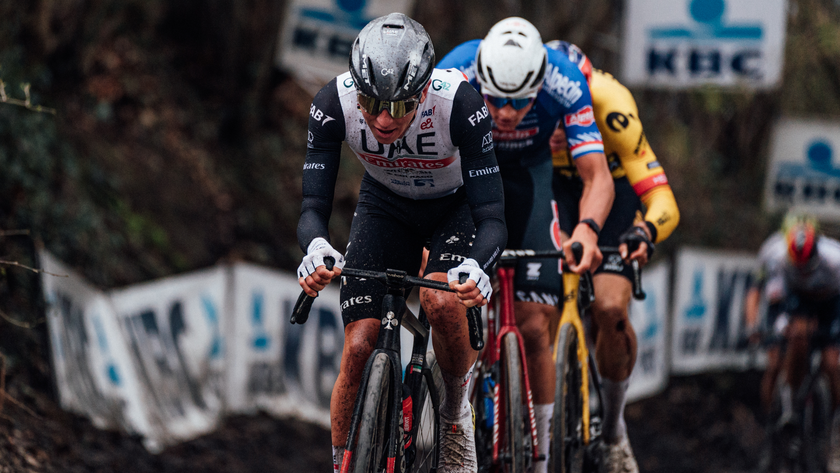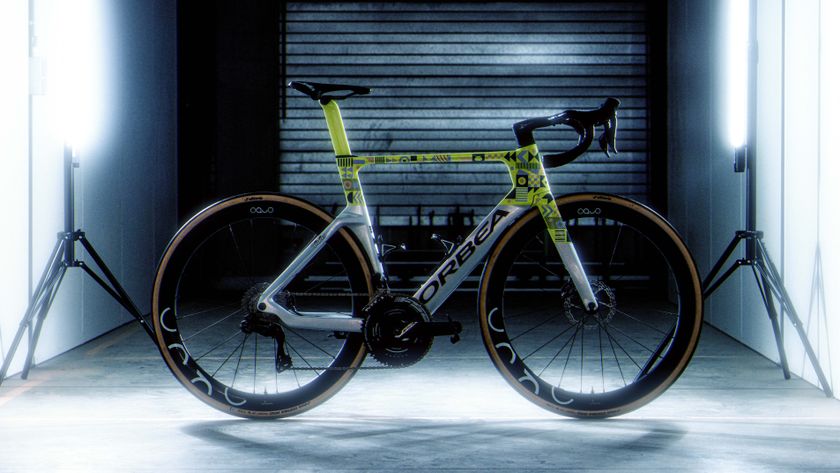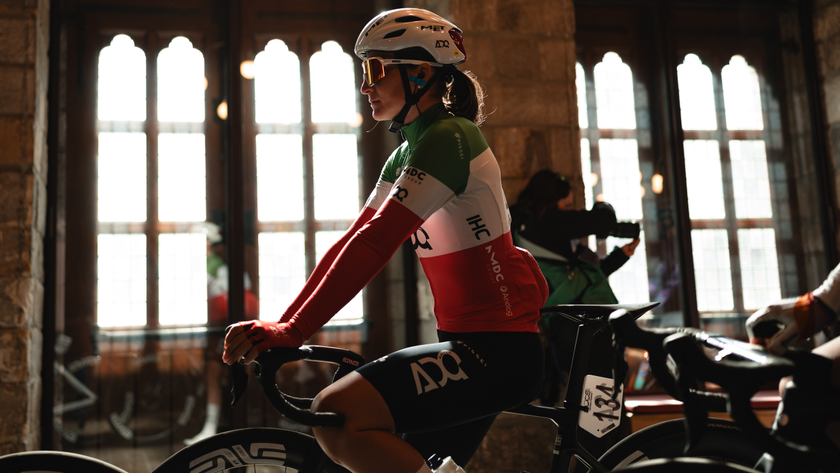Five conclusions from the Giro d'Italia Donne
The Giro Donne is over for another year, but what have we learned from the race?
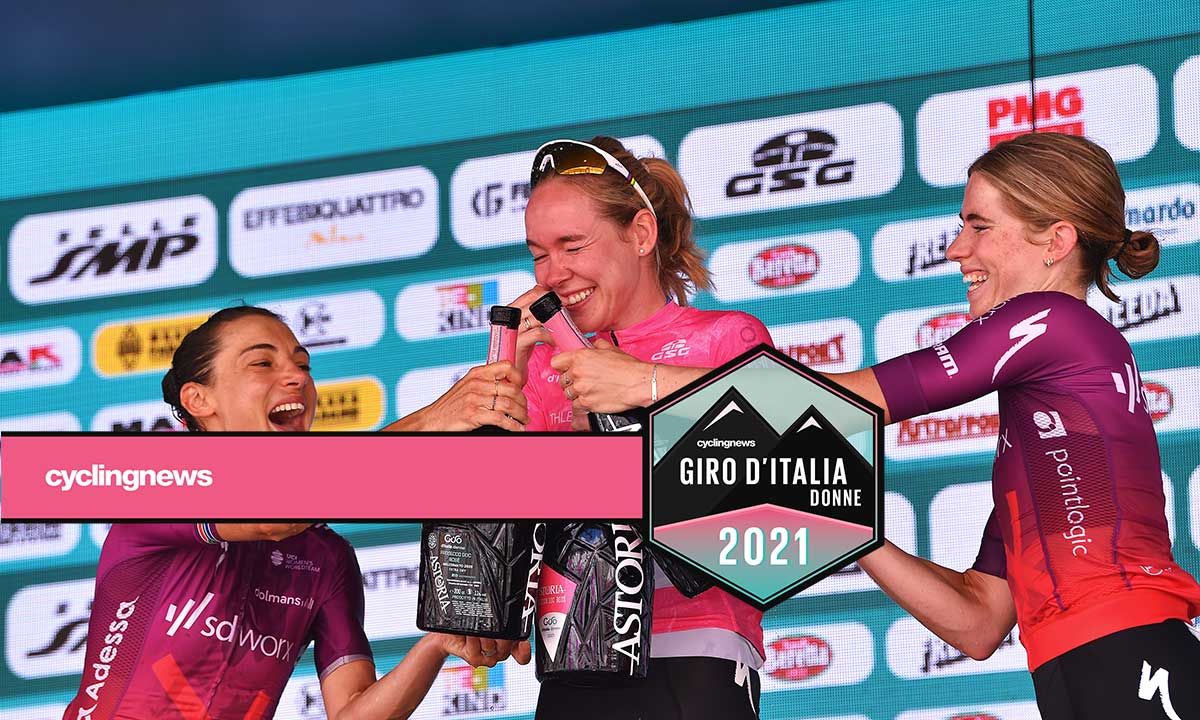
This year’s edition of the Giro d'Italia Donne was defined by the unparalleled force of nature that is SD Worx, with the team sweeping the podium on two stages as well as the overall, with winner Anna van der Breggen, Ashleigh Moolman-Pasio and Demi Vollering taking the top GC spots. It was also a race of firsts, with four riders taking their first Giro stage wins: Moolman-Pasio, Coryn Rivera, Emma Norsgaard, and Lorena Wiebes.
Fans were left frustrated by the inconsistent and sometimes non-existent live coverage, but from what we could see, it was an exciting race. The GC might have been tied up early on but the battle for stage wins was still hard-fought. But what did we learn from the 2021 Giro Donne?
Marianne Vos is peerless
Marianne Vos cemented her position as the greatest of all time at this year’s Giro, adding two more stage wins to take her total to 30. Both wins were taken in very different styles, showing that Vos really can do it all.
The first, on stage 3, came from a breakaway of significant stature containing Vos, Lucinda Brand, Liane Lippert, and Elise Chabbey. The Jumbo-Visma rider outsprinted Brand after coming off her wheel to take her 29th Giro stage win.
Vos went on to round up that number to 30 on stage 7, this time from a small split which she forced with Elisa Longo Borghini. Vos left Longo Borghini behind, sprinting from 200 metres to the line to emphatically seal her win and her status as a consummate champion.
On top of her two wins, Vos was barely outside of the top-10 on every stage and had four podium finishes. The 34-year-old pulled out of the race before stage 9 to Monte Matajur in order to prepare for the Olympics where — with the form she displayed at the Giro — she will be one to watch.
Few teams can match SD Worx
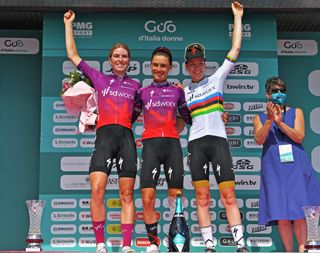
Even before this season, in their former iteration as Boels-Dolmans, SD Worx were the team to beat. However, from the beginning of 2021, it looked like the team had even more firepower and greater unity, making them an unstoppable force in races. The team haven’t cleaned up every race they started but they have claimed victories in many of the Women's WorldTour races, including Anna van der Breggen’s seventh La Fleche Wallonne.
Get The Leadout Newsletter
The latest race content, interviews, features, reviews and expert buying guides, direct to your inbox!
Breakthrough talent Demi Vollering has had an outstanding season so far and the team’s young riders have also flourished in domestique roles for their leaders including at the Giro. Together with second-placed Moolman-Pasio, Vollering completed the SD Worx final podium sweep.
Trek-Segafredo came the closest to rivaling SD Worx in their strength in numbers with Elisa Longo Borghini taking some major WWT wins. However, at the Giro, Longo Borghini struggled and it was left to her teammate Lizzie Deignan to pick up the GC mantle.
Deignan turned out to be the best of the non-SD Worx rest by taking fourth, but without the usual firepower from Trek, and with other challengers such as Cecilie Uttrup Ludwig and Amanda Spratt suffering from crashes, the team of Anna van der Breggen walked away with the race.
Riders are on form for the Olympics
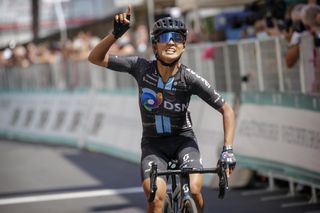
The upcoming Olympic Games went some way to defining the path of the race as the proximity to the Games in Tokyo meant that potential challengers to a strong SD Worx line-up, Annemiek van Vleuten and Kasia Niewiadoma, chose to sit the race out. Amongst those who did race, however, it was clear who has form ahead of the Olympics.
The obvious ones to beat are the Dutch team, and — with Anna van der Breggen taking the overall win, Marianne Vos netting her 29th and 30th career stage wins, and Demi Vollering taking third overall — that remains firmly the case. Elsewhere, Lizzie Deignan had a consistent ride and showed strong climbing form meaning the British rider will be feeling confident ahead of her Olympic bid.
Young French talent Juliette Labous is the only rider flying the flag for France in the women’s road race in Tokyo and after finishing seventh on GC in the Giro Donne she will certainly be ready for the Games.
The Tokyo course looks like it might suit Coryn Rivera who is back to winning form after failing to net a victory during the truncated 2020 season. The American rider took the win on the final stage, outsprinting Deignan from a break and narrowly missed out on beating Emma Norsgaard on stage 6.
More young riders than ever challenging at the top level
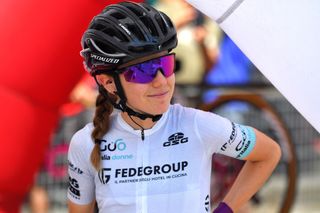
Young riders shone through at this year’s Giro Donne on all kinds of terrain. Most prominently, the sports two top sprinters, Lorena Wiebes and Emma Norsgaard each won their first-ever Giro Donne stages — with Wiebes taking two.
The young rider’s jersey went to Niamh Fisher-Black of SD Worx who managed an impressively consistent ride while working for her teammates, including a top-10 on the queen stage and finished 9th overall.
Elsewhere, Evita Muzic, 22, and Marta Cavalli, 23, both of FDJ Nouvelle Aquitaine Futuroscope, also put in solid performances. At 23, Cavalli just missed out on claiming the young rider’s jersey for herself but the young Italian rode herself to sixth place on GC and four top-10s including fourth on Monte Matajur.
22-year-old Juliette Labous, France’s only envoy for women’s road cycling at the Tokyo Olympics, was just behind Cavalli on GC -- a position she cemented thanks to a strong ride to seventh place on Monte Matajur as well as sixth on the punchy stage 7.
The race continues to disappoint with live coverage
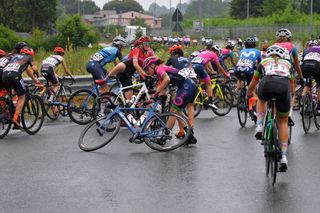
While some riders have claimed that the organisation at this year’s Giro was better than normal, for fans, very little improvement was made. Before the race, new organisers, PMG Sport, made a statement saying: “When in February of this year we chose to take on this three-year project, shared with FCI, our mission was exactly to bring the Giro back into the Women’s World Tour. After this choice by UCI, we will always continue to give our best, both in terms of organization and production and of media distribution”.
However just before the race started, it was revealed that the live coverage would be merely the final 15km of each stage. Then, as the race got underway the live broadcasts that transpired were sporadic in length and timing, with one stage offering fewer than 10km, others with over 30km, and no coverage whatsoever of the queen stage up to Monte Matajur.
The root of the issue was said to be the method through which the images were being broadcast, using cellular networks, and the lack of coverage in certain areas. However, the organisers did not communicate this, nor did they put any contingency plans in place. The race was demoted from WWT status for this season due to the former organisers not providing any of the mandated 45 minutes of live coverage of the 2020 edition.
The UCI included the Giro d'Italia Donne on the 2022 WWT calendar but they stressed that this was contingent upon the 2021 edition living up to the correct standards. With the coverage that was offered this isn’t the case, however, there has been no comment from the UCI so far as to the race’s status for 2022.

